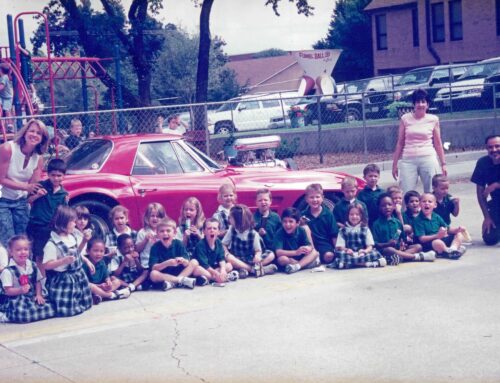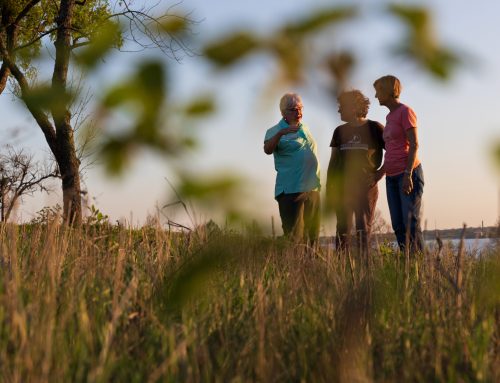The average home in the Peak’s Suburban Historic district was built between 1910 and 1920.
Standing across the street from Clark Mitchell and J.W. Brasher’s house, you wouldn’t think it was but a few years older or younger than it’s neighbors.
You’d think the sidewalk and porch had been re-poured, perhaps a new, unattached garage added on. You’d think that the people who lived in that house cared a lot about preserving Dallas’ older homes and therefore, had put a lot of restorative work into their own home.
You’d be half right.
“We have fooled many passersby as to the age of our home,” Mitchell says. “You should see their face when they ask ‘How old?’ and we reply: Two months.”
Their home was completed last spring. It includes all the modern conveniences of new construction – most notably, the two say, argon-filled insulation – but looks like that was built decades ago.
In fact, beside the homeowners’ antiques, the only thing more than a few months old in the house are two pairs of pocket doors on the first floor.
But they didn’t start off wanting to build a new home. Mitchell and Brasher were looking at a refurbishment opportunity on Munger Place when they were introduced to their Waxahaxie-based builder, Wayne Guthrie (whose two sons had previously worked for Mitchell). Guthrie specializes in Victorian-inspired new construction.
“After his first look at the prospective house, he said that he could build us a new one that would look just as good – if not better – then the re-dos, for less than it would cost to buy the house as is and repair/rehab it,” Mitchell says.
And thus began their journey They spent a few months dealing with the design approval process and also with getting the space they needed for a 3,200-square foot house with a huge backyard, finally breaking ground in October 2002.
What resulted, a mere six months later, is a 4-bedroom, 4-bath American Four-Square-style house (similar to Prairie style) with two living areas. With 43 double-hung windows and a stylish ceiling fan in nearly every room (including the front porch and back upper-level deck off the master bedroom), it’s a place infused with light and airiness.
As to the inspiration for the home, it came from many sources.
“My grandmother had a home very similar to this,” Brasher says, who also poured over design books and Internet floor plans and utilized the design expertise of the builder’s wife, Brenda Guthrie.
The house, the men say, has been an instant hit with their Mill Creek neighborhood.
“They love it,” Mitchell says of the neighbors. And the homeowners, who lived in the Chapel Downs area at Webb Chapel and Walnut Hill previously, are pleased with their new neighbors as well.
“We’ve done more with this group in six or seven months than in the seven years we were there [Chapel Downs],” Mitchell says. As “Leave It To Beaver-ish” as it may sound, sitting on the front porch swing with a beverage, watching the passersby and having the neighbors over for a chat really makes a great way to wind down after a busy day.”
They’re also thrilled with their neighborhood’s dedication to preserving the “historic charm of the area.”
The Peak’s Suburban Historic district isn’t well-known as the adjoining Swiss Avenue Historic District, but its inhabitants are striving to raise the bar on preservation and quality of life, Mitchell says.
“We work hard to rid our neighborhood of undesirable elements, and to make a safe and beautiful area for families to raise their children and enjoy life in general,” he says. “We know that we have some ‘rough edges’ – you will have that in almost all urban areas. But we are proud of the progress we have made in polishing our image.”
As for he and Brasher’s personal inspiration for building a home that preserves historical integrity – particularly after living in a new home prior to this one – it came from the book Dallas Rediscovered. Looking at old photos of the “grand homes that once graced Gaston Avenue, Ross Avenue and the same area that were torn down for gas stations, parking lots, and apartment buildings,” made them sick, Mitchell says.
“We want to preserve what small piece of Dallas history is left,” he adds, “and hopefully spawn an interest in replacing/infilling those once grand home sites with replicas.”





